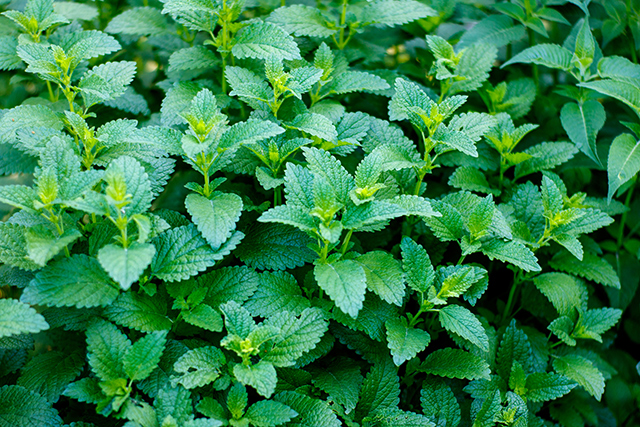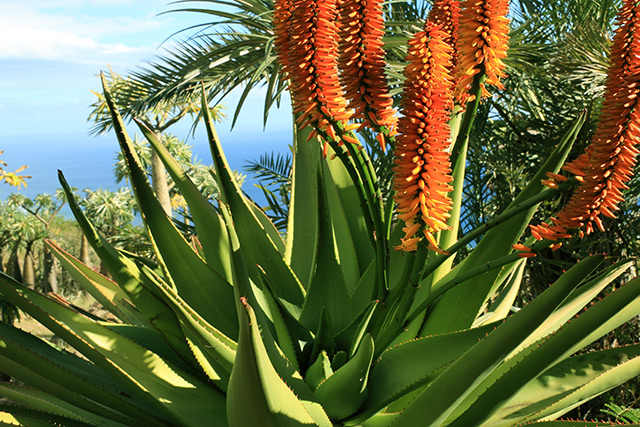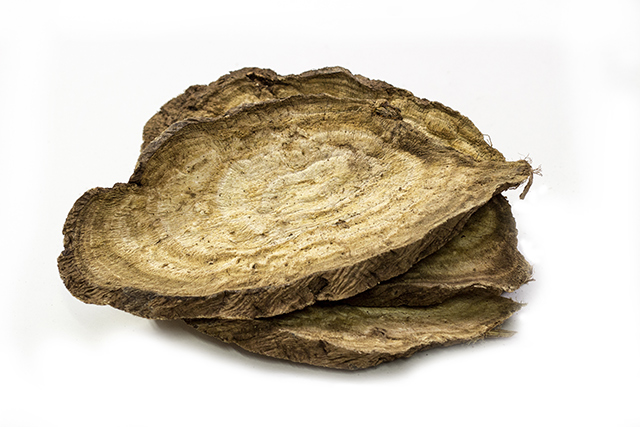Natural pain-relieving remedies that every prudent prepper knows
11/08/2018 / By Michelle Simmons

As a prepper, one of the basic survival skills is to make use of everything that nature provides. When you are out in the wild and experience some kind of pain, you would have to make use of medicinal plants with pain-relieving effects. Here are some plants with natural pain-relieving properties to look out for. (h/t to BioPrepper.com)
- Wild opium lettuce (Lactuca serriola): Although this plant is considered to be an invasive weed, it is actually a safe and effective painkiller. It has a milky latex sap, which is scraped or squeezed from the leaves and stalks, that contains pain-relieving properties. It numbs the whole body, relieving muscle and joint inflammation, aches, and pain. The sap can be ingested orally, mixing it with juice or making it into a tea. This plant can also be smoke for a faster effect.
- Kava Kava (Piper methysticum): This herbal plant is popular in Hawaii and Fiji as an effective remedy for reducing stress, soothing headaches and tension, and relieving pain. Researchers from the University of Minnesota reported that this plant contains special compounds like nuciferine, an anti-spasmodic that helps prevent epileptic episodes and other brain disorders.
- Blue lotus (Nymphaea caerucea): Despite its name, blue lotus is a type of water lily found in most ponds. It is used to reduce pain, particularly for migraines, severe muscle spasms, tinnitus, and systematic pains like menstrual cramps and body aches and tension. When combined with an alcoholic beverage, it becomes more potent.
- Kratom (Mitragyna specios): Kratom is native to Thailand, but is also grown in warmer climates like California. This medicinal plant, especially the red vein kratom variety, is frequently used to treat severe pain caused by traumatic increase such as broken bones or torn muscles. Its pain-relieving effects are comparable to oxycodone but without the addictive properties and side effects.
- Boswellia and Rhus Toxicodendron: Both Boswellia and Rhus Toxicodendron have been used to treat arthritis and arthritic symptoms. Combining these two herbs makes them even more effective.
- White willow bark (Salix alba, S. fragilis, or S. pourpurea): The compound known as salicin is a well-known general anti-inflammatory remedy that can be compared to aspirin, without the side effects, and salicin can be found in the bark of these willow trees. Willow bark can be consumed as a tea. (Related: Make your own herbal salves for natural pain relief.)
Reasons why drug pain relievers should be avoided
One of the many reasons why you should avoid taking drug pain medications is because they come with dangerous side effects. Unfortunately, over 2.5 billion dollars are spent on nonprescription pain medications every year. The most commonly used types of over-the-counter pain relievers are non-steroidal anti-inflammatory drugs (NSAIDs), such as ibuprofen and naproxen, and acetaminophen.
One of the most common side effects of acetaminophen is its toxicity to the liver. Taking acetaminophen at high doses causes liver damage or failure. Even lower doses of acetaminophen can cause liver damage in people who drink alcohol regularly or those who have a pre-existing liver disease like hepatitis C. Acetaminophen is also often incorporated into other drugs, which increases your risk because you are not exactly aware of how much you are taking.
Taking NSAIDs and aspirin can also damage the stomach lining, which can result in blood loss from the irritated area, stomach pains, and ulcers. Some people using NSAIDs have also reported experiencing kidney problems, while women are more likely to have a miscarriage.
Read more news stories medicinal plants by going to Preparedness.news.
Sources include:
Tagged Under: alternative medicine, bug out, green living, herbal medicine, medicinal plants, natural cures, natural medicine, off grid, pain relief, painkiller, preparedness, prepper, prepping, remedies, survival medicine



















